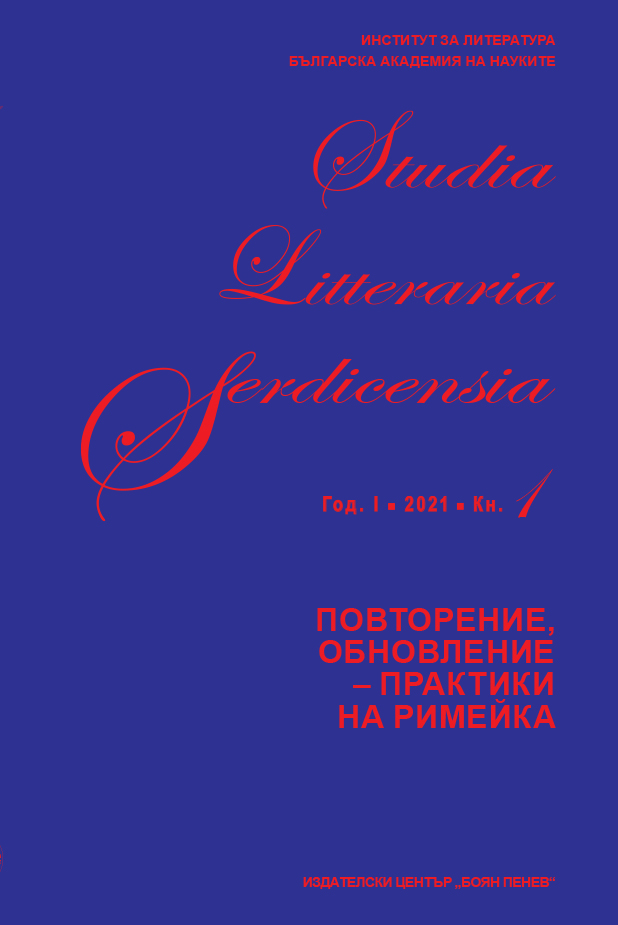The article tries to answer the question of what are the reasons for the emergence of repetition as a sustainable cultural practice. The need for it is derived first of all from the fact that culture is a phenomenon that is not inherited biologically, and therefore in the process of its transmission from generation to generation its norms must be constantly recalled and updated. Hence the need for each new idea to be legitimized as inherited from tradition. However, in the epoch of modern literature and culture, which raises the individual-creative 37principle as its main principle, this need for repetition is a paradox. And especially a manifestation of repetition, known as a remake. Moreover, the definition of this phenomenon is based not simply on the development of sustainable motifs and plots, but on their processing in previous works of art, building a specific fund of culture, which the German researcher Elizabeth Frenzel defined with the term Stoff. To find an answer to this paradox, the article analyzes two typical cases: The two film adaptations of Indro Montanelli’s novel “Il Generale della Rovere” made by Roberto Rossellini in 1959 and Carlo Carlei in 2011, on the one hand, and on the other – the famous novel quatrain of Thomas Mann “Joseph and his brothers”, written on a famous biblical story. As a result of the analysis of these typical cases, the article comes to the answer to the question what is the function of repetition in culture. On the one hand, it aims to bring the existing order of problematization and revaluation in line with the needs of the changing social environment. On the other hand, pointing to the ancient roots of the developed motif, repetition provides identity and continuity of the world. And the phenomenon of remake, as a child of the postmodern era, introduces a very effective rule: Let us not be deceived that our way of seeing and appreciating the world is the only right one. It is much better to compare different ways, which provides a much more reliable basis for free moral judgment, while preserving the stability and identity of the world.


